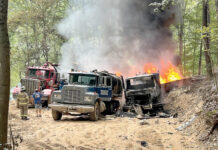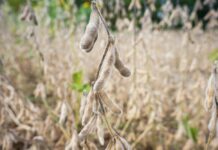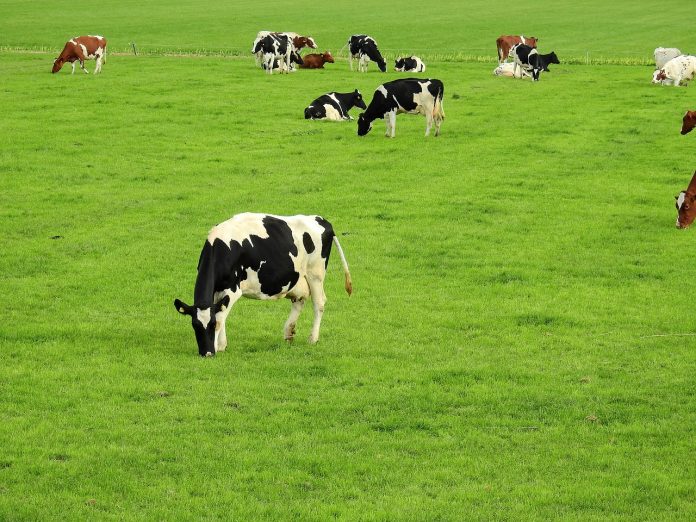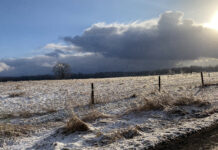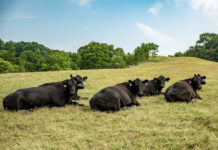The drought that we experienced last year did some damage to our forage base in a lot of the pastures on our farms. In spots of Ohio, the moisture content has not recovered yet, and we could be looking at more drought conditions this summer. Unfortunately, our weather in eastern Ohio is very unpredictable.
One of the most important decisions farmers can make is selecting the proper stocking rate for their grazing operation. The reason stocking rate is so important is because it affects everything in the forage pasture system. You need to understand the difference between carrying capacity and stocking rate — knowing that those rates can change both annually and seasonally is very important to become successful in managing your livestock forages for grazing.
Stocking rate
Stocking rate is measured by the number of animals assigned to a paddock or pasture for a period of time. It can be a week, a month or all summer down to a few days if you follow the practice of intensive grazing on your farm. Stocking rate can be expressed as the number of animals or animal units assigned to a grazing unit related to land area such as an acre. This can be confusing, as some farmers talk in terms of cows or sheep per acre while others relate to acre per cow, depending on the environment and where you are from.
Stocking rate is just the number or weight of animals you decide to put out on pasture. This could be five cows or 10 500-pound steers. Just because you have always put 25 cow-calf pairs in that pasture for the summer every year, it may or may not be the right number of animals for the pasture’s forage base after a drought year.
Carrying capacity
Carrying capacity is the stocking rate at which the animal’s performance goals are achieved while maintaining your forage resource base. This is why we need to plan on having a variable stocking rate so that we can best match our forage resources to the nutritional needs of our animals during the grazing season. The greater the seasonal extremes of our forage supply, the greater the stocking rate flexibility we need to be able to manage.
Start evaluating your forage base now. How well is it starting to grow? Are there weed concentrations in some areas that were overgrazed during the drought that we need to take care of? Can those pastures still summer the number of animals that they did last year? Or did the drought kill out some of the grass species that were there before. All of these are questions we need to answer when looking at our forage growth in spring.
Prices are up, so before spring turnout, cull those low performers to save your forage base for those high-performing animals. We sell pounds of production through increased weight gains off our pastures. Maybe we need to lower our stocking rate to help our pastures recover from last year’s drought.
Just because we have always put 25 head on that pasture every year does not make it the right thing to do. Managing the stocking rate on your farm effectively is the way to become a successful grazing farm owner that produces more pounds per acre with the resources your farm has available.


